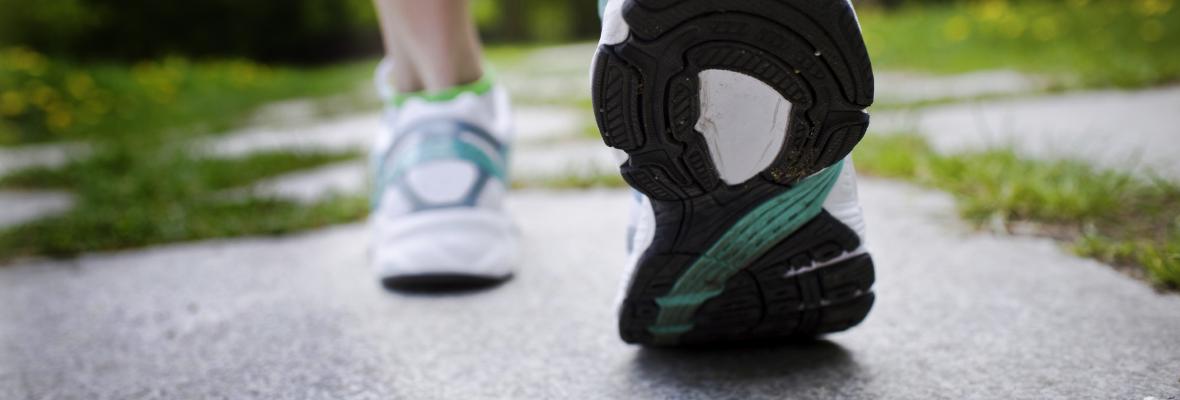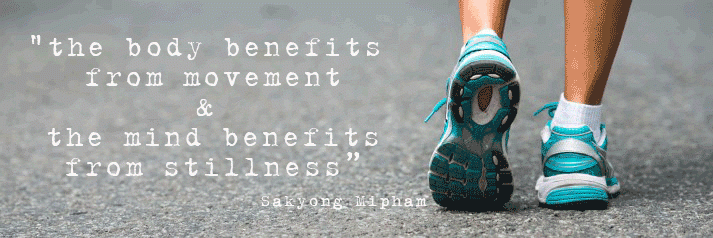Walking towards a Healthier Brain
There is good evidence to suggest that walking is a useful tool in helping to stave off cognitive decline as we age; and this does seem like common sense – healthy body, healthy mind etc. But what precisely is happening when we walk that achieves this? And do other forms of exercise have the same effect?
Conventional scientific thought has always been that the blood supply to the brain is involuntarily regulated by the nervous system and relatively unaffected by exercise. But scientists at New Mexico Highlands University in America have made a discovery that is changing this view. They recruited 12 healthy young men and women to ultrasonically measure the blood flow through their carotid arteries (the big arteries under each side of the jaw that supply most of the blood to the brain; also the ones that vampires like to bite into!)
First, the blood flow was measured with the subjects standing at rest. Then the flow was measured whilst they walked at a moderate pace. Lastly, measurements were taken during running and cycling. And here’s what they found;-
The most significant increase in blood flow took place during running. And even though walking wasn’t as effective as running it still produced a significant increase in blood flow to the brain. And cycling had no effect at all!
It seems that to get the improved blood flow to the brain during exercise we have to have some foot strike – the feet hitting the ground triggers reflexes that improve circulation to the old meat-loaf sitting between our ears. This does make sense from an evolutionary perspective because to raise the pulse one would probably be running either towards, or away from something – fight or flight response. So it would make sense for the brain to be needing more oxygen to process the situation. But our ancestors would not have had many ways of raising the pulse without the foot-strike action – no bicycles for hunter/gatherers!
But walking is still a big step (pun intended) in the right direction. Studies have shown that in people who don’t get any other forms of exercise, walking around 4-5 km per day (the famed 10,000 steps) reduces the risk of death from illness by nearly 50 %.
This new information has encouraged me to take up a moderate degree of running , after a couple of decades of avoidance. I trot around Albert Park lake a couple of times per week and do feel better for it.
Best wishes,
Dr. Joshua Brohier – Osteopath


